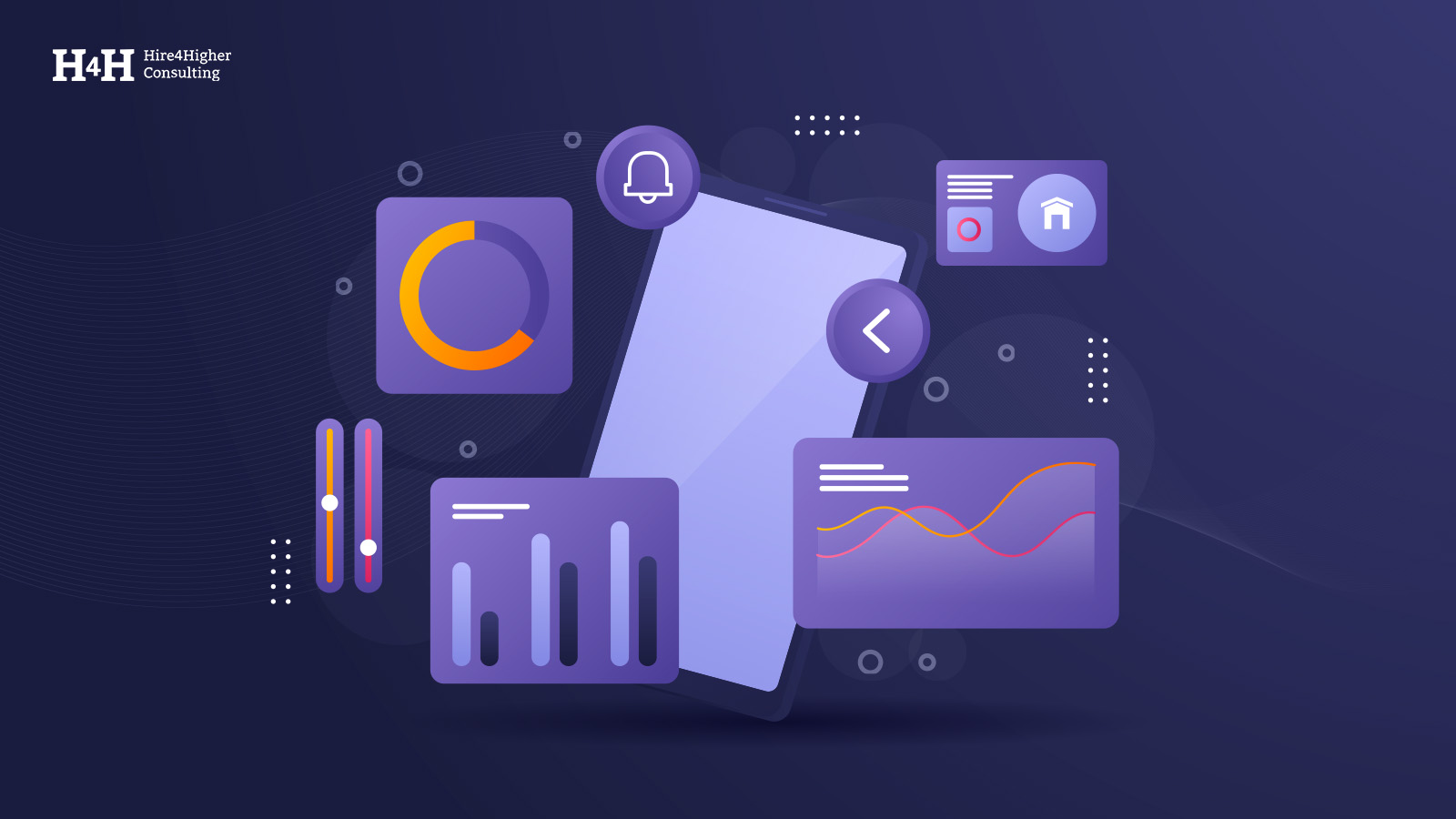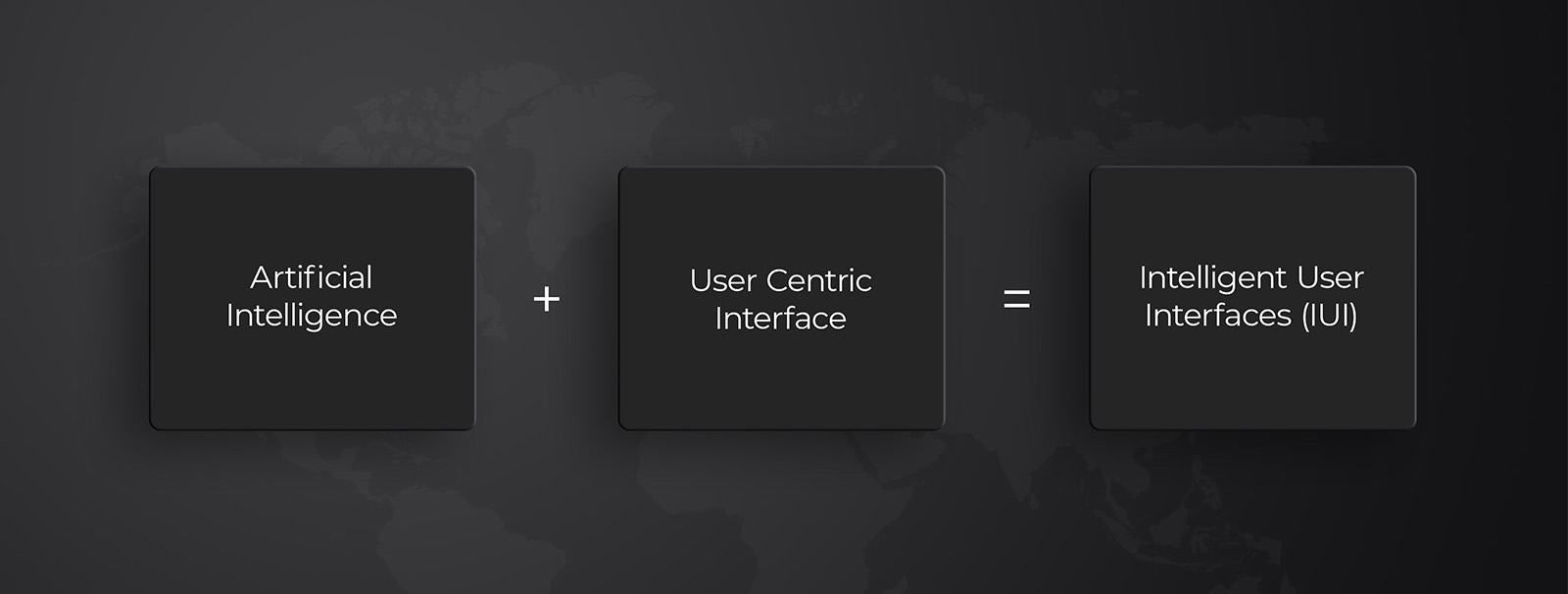Understanding Intelligent User Interfaces (IUI): Transforming User Experience
Understanding Intelligent User Interfaces (IUI): Transforming User Experience

With more complex technology around, the human interactions increase. As it is with the bulky and slow interface changing into the silky smooth one, the principle of intelligent user interfaces will change human interaction with digital systems. Any User Interface which is capable of being smart or intelligent in interaction with end-users through some or the other Artificial Intelligence technique(s) known as Intelligent User Interfaces (IUIs). In this blog, we will break down what IUIs are, look at real-world applications, and provide examples so that you understand why this has importance in our life as well.
What are Intelligent User Interfaces?
Intelligent User Interfaces are systems that apply AI in the improvement of how humankind interacts with technology.
AI techniques are incorporated to design the interface for efficient interaction. IUIs learn, predict needs, and offer an experience in comparison to traditionally static design interfaces and a set of predefined commands. Hence the integration of AI techniques and user-centric design that makes our interactions smoother, smarter, and more intuitive result in Intelligent User Interfaces.

This brings in exciting possibilities for designers and developers. From designing interfaces for users to creating intelligent systems that understand and adapt to the needs of individual ends, the focus will change.
Key Features of Intelligent User Interfaces
- Learning and Adaptation: IUIs analyze user behavior to tailor experiences. For example, if you often search for recipes, an IUI might highlight cooking-related content when you log in.
- Natural Language Processing (NLP): Many IUIs use natural language to talk to devices. You can tell your smartphone, “What is the weather today?” without having to navigate menus.
- Context Awareness: IUIs can know their usage context. For instance, a smart home gadget changes the lighting as you watch a film or read a book.
- Personalization: IUIs provide personalized recommendations by acknowledging your habits. For example, if you use streaming services like Netflix, it recommends movies or shows according to the history of views.
- Multimodal Interaction: IUIs allow different ways of interaction, such as voice commands, touch gestures, or even facial recognition, so it makes technology more accessible.
Use Cases of Intelligent User Interfaces
1. Smart Assistants
Probably, the most obvious type of IUIs is a smart assistant. Example: Amazon Alexa, Google Assistant. They can respond to your questions, play music, control appliances in a smart home, and much more—all you need to do is give voice commands. For example, you can say, “Alexa, play my workout playlist,” and it will recognize and act on your command in an instant.
2. Personalized E-commerce
For instance, when you browse online, smart interfaces scan your history of browsing and purchasing to suggest products you might like. Example: Amazon. If you tend to buy fitness gear a lot, Amazon will feature newer workout equipment or clothing that is tailor-made just for you.
3. Adaptive Learning Platforms
The language learning apps like Duolingo use intelligent interfaces that enable them to course correct according to your improvement. The app will keep on throwing more and more exercises based on a particular topic till you gain mastery over that.
Conclusion
The Intelligent User Interfaces are revolutionizing the way we interact with technology. They learn our behaviors and preferences to develop personalized and intuitive experiences for us that make our lives richer. The challenge will be for automation to be balanced against user control, ensuring that technology enhances our lives without being intrusive. Be it smart assistants, personal shopping, health monitoring, or adaptive learning, IUIs are becoming part of our digital landscape. The future will surely contain many innovative applications of IUIs as technology improves.